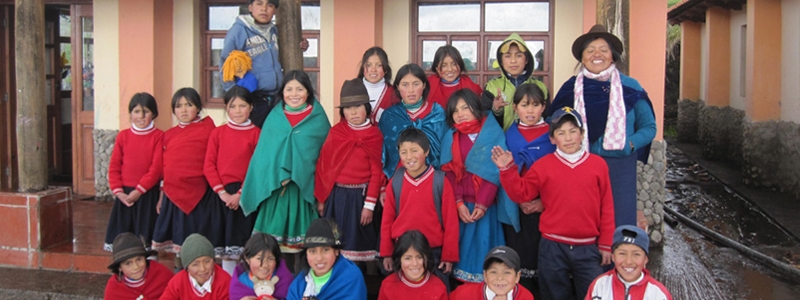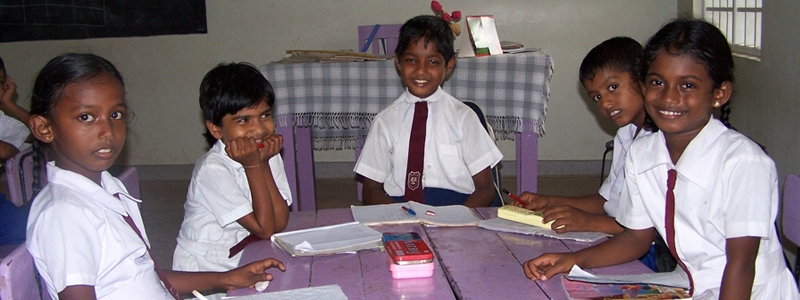Problem: Worldwide, some 57 million elementary school-aged children stop going to school for different reasons. Many girls, for example, are required to stay at home and care for siblings, collect water for the family and look after the house. In addition there are children who are forced to work and others who live too far from a school. The project Free the Children was created in 1995 by student Craig Kielburger, who at the time was aged 12, along with his brother, Marc, and ten schoolmates in Ontario in Canada. After a trip to Asia, Craig felt devastated by child labor and wanted to help bring it to an end. Today, the international organization seeks to remove the obstacles that prevent children from studying and living healthy and sustainable lives through a variety of programs. Adopt a Village is present in more than 50 communities, with marginalized indigenous populations numbering between 200 and 7,000 people, in Kenya, Ghana, Ecuador, India, China, Haiti, Sierra Leone and Nicaragua. The aim is that all young people can be free to achieve their fullest potential as agents of change.

Solutions: The project is based on five pillars: education, clean water and sanitation facilities, health, alternative income such as crafts, livestock and honey production, and agriculture and food security. Professionals from the organization work in the assisted communities to help implement the model, which provides educational opportunities for children and works in collaboration with local residents so they can escape poverty. The programs are all run in parallel, in order to achieve the greatest possible impact on each site. They include the building of schools, classrooms, libraries, wells and sanitation facilities, provision of healthcare services and help for women to develop small businesses and create solutions in agriculture, such as plantations and the provision of training. Food security was the last pillar to be included in the project's priorities.
In education, the organization provides furniture, basic supplies, computers and school laboratories as well as training teachers and professionals. The organization's staff monitors and evaluates the progress made throughout the work on site in order to ensure its quality and integrity. They also work with local governments, ministries of education and community leaders to ensure the sustainability of all program components.

Outcomes: After five years of intervention, communities should be capable of continuing to develop on their own, without the need for outside help. Around 55,000 children are served daily in over 650 schools. In the community of Lai in India, for example, class attendance grew 222% after the construction of five classrooms. In Salabwek in Kenya the percentage of children with regular access to well-prepared food with high nutritional status increased from 66% to 83%. In the same community, the total number of girls who graduated from high school went from 27% to 50%. In addition, also in Salabwek, the percentage of families who adopted healthy habits and the use of water at home rose from 48% to 91%. At least 30,000 women became self-sufficient with alternative income and subsistence programs, while two million people have gained access clean and drinkable water.







